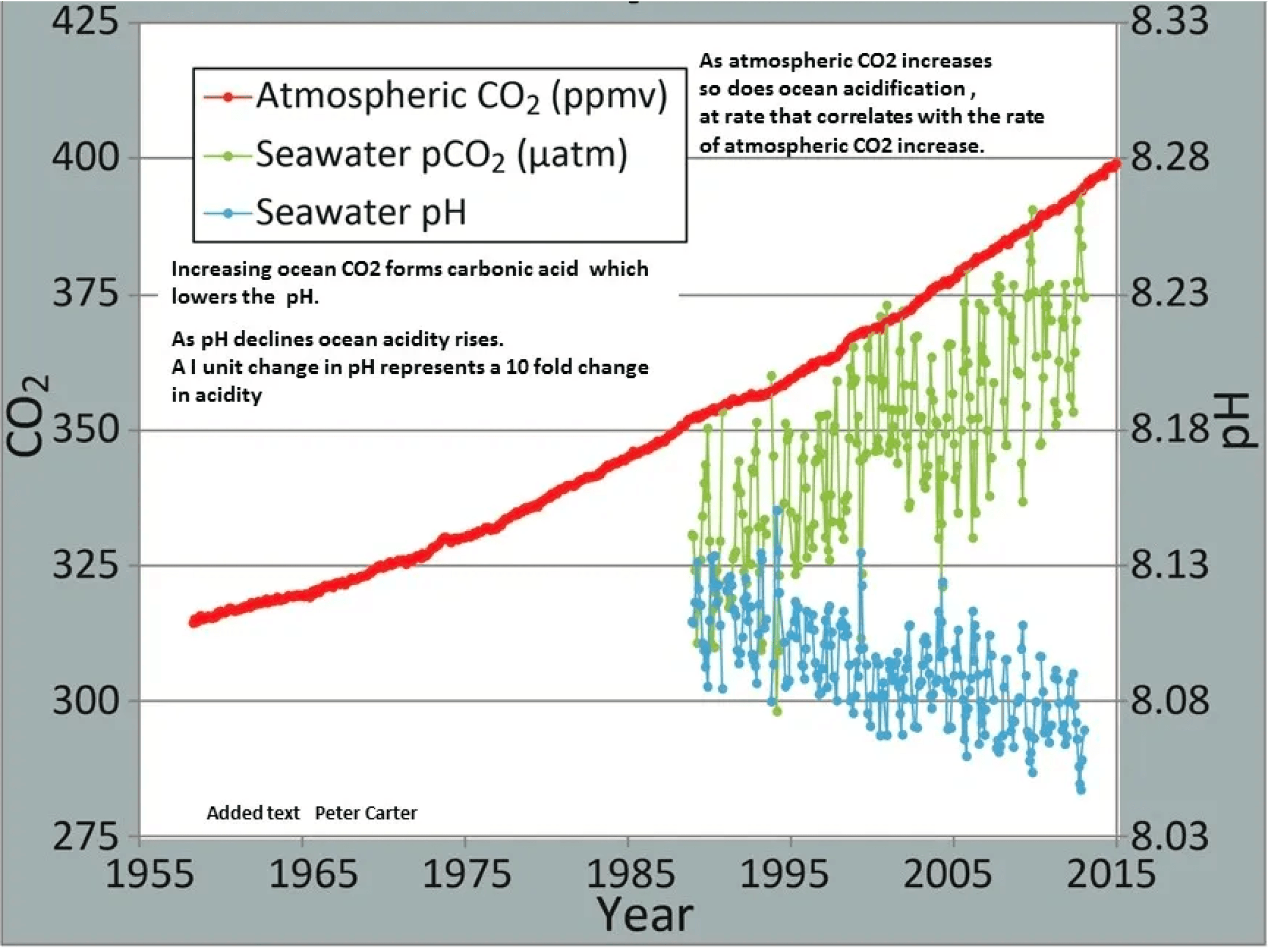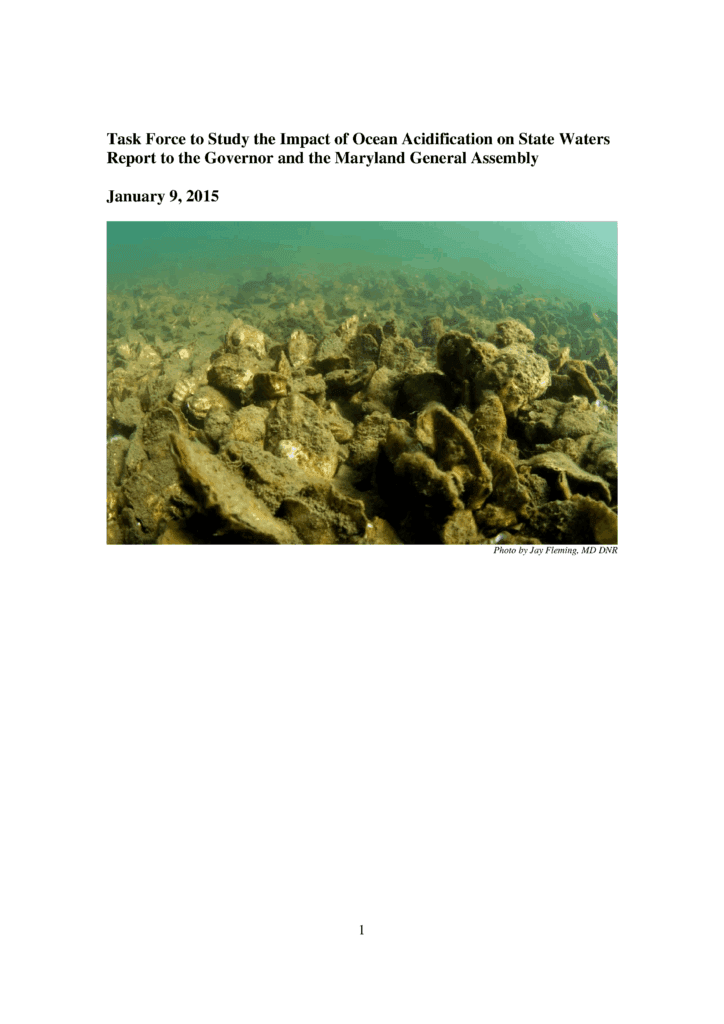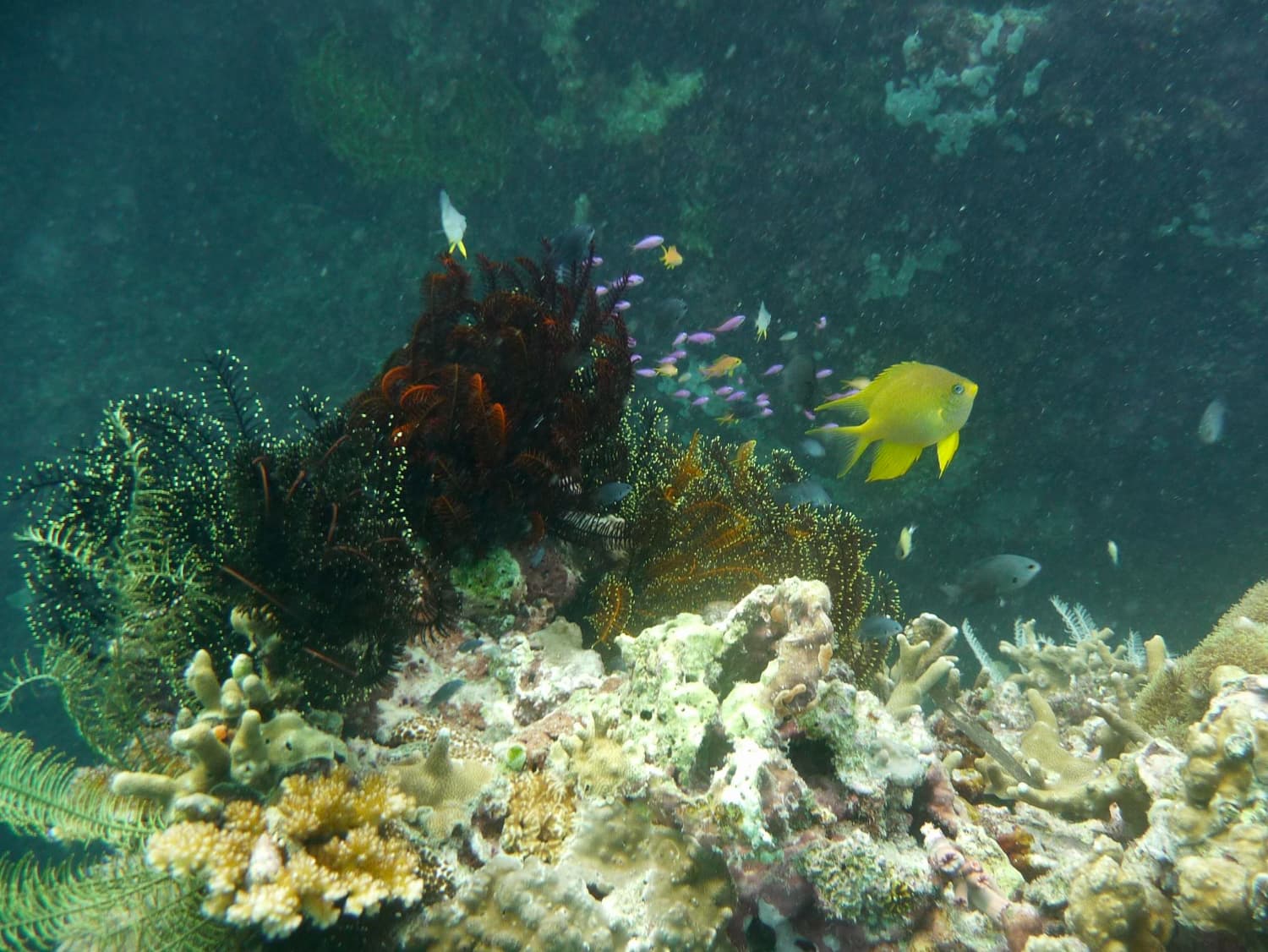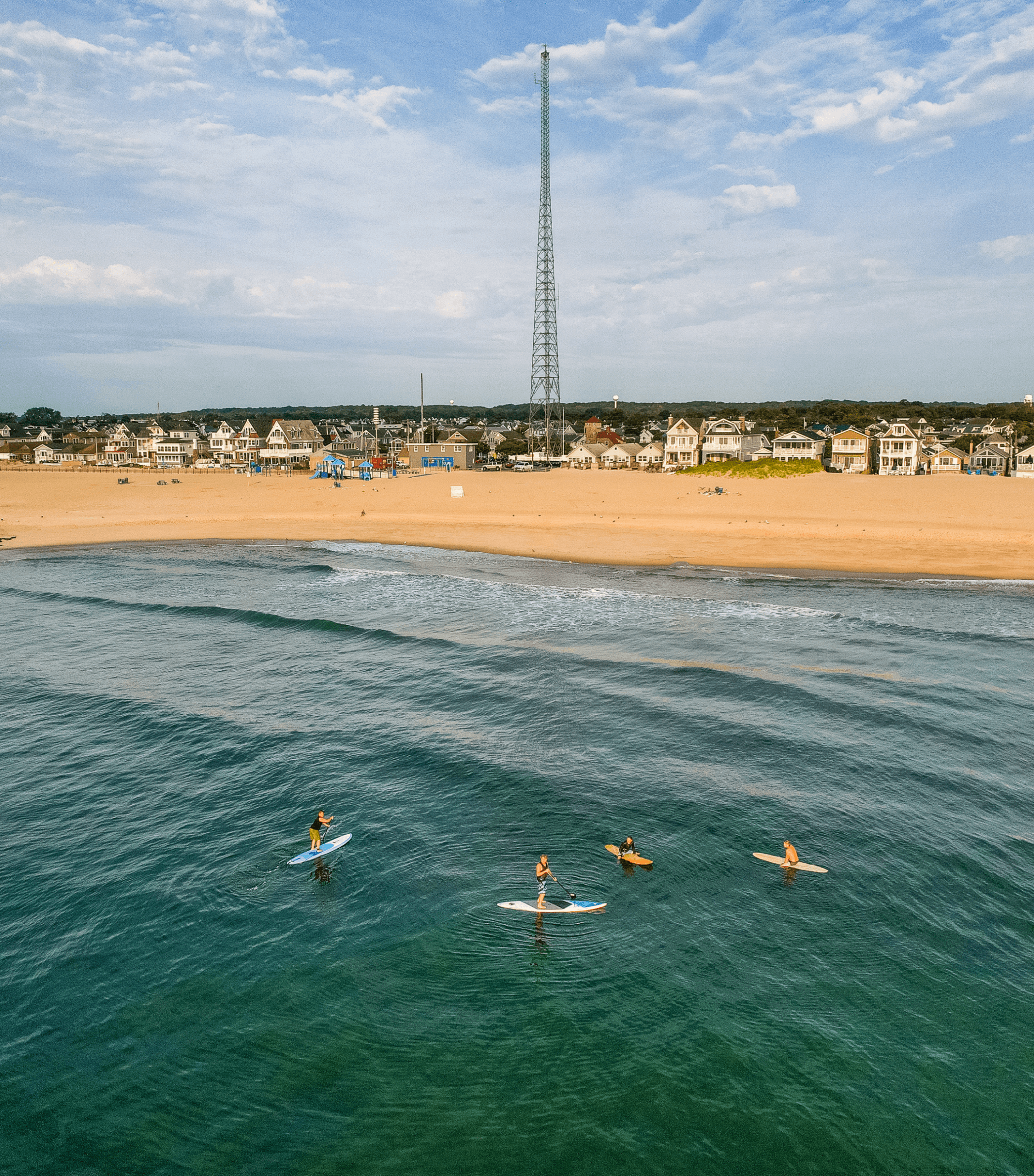Why It Matters
Carbon dioxide gas dissolves so readily in seawater that approximately one quarter of human caused CO₂ emissions become sequestered in the ocean. Once in the ocean, CO₂ combines with water to form a weak acid, resulting in a change in the chemistry of the sea.
The Chemistry of Ocean Acidification
The other major change in seawater chemistry involves CO₂-driven changes in the solubility of calcium carbonate minerals (CaCO₃) used by many marine plants and animals to build their shells and skeletons.rnrnThe solubility of CaCO₃ minerals depend on the amount of dissolved carbonate ions in seawater.rnrnMore CO₂ and lower pH reduces the concentration of carbonate ions, making it more difficult for many organisms to make shell material.

Ocean CO₂ and pH from NOAA: Correlation between rising levels of CO2 in the atmosphere at Mauna Loa with rising CO₂ levels in ocean at Station Aloha. As the CO₂ increases, the pH decreases; indicating increasing acidificication.


Maryland Task Force to Study the Impact of Ocean Acidification on State Waters
DOWNLOADWhat Lies Ahead
The Federal Ocean and Acidification Research Monitoring (FOARAM) Act, reauthorized by Congress in 2022, strengthens investments in acidification research, monitoring, and studies on socioeconomic impacts. Coastal Acidification Networks, like MACAN, NECAN, and SOCAN, provide an important bridge, connecting scientists, local government, and industry members to address acidification impacts at the regional level. At the local level, Mid-Atlantic states are taking a closer look at acidification’s implications in their waters. Learn more about state-led OA action planning initiatives here.
Acidification Will Continue to Influence All Areas of the Mid-Atlantic, From its Tidal Estuaries to Deep Sea Ecosystems
Acidification will continue to influence all areas of the Mid-Atlantic, from its tidal estuaries to deep sea ecosystems. The cooler, less salty waters of the upper Mid-Atlantic are particularly susceptible to ocean acidification, making reductions in the survival, calcification, growth, development, and abundance of marine organisms more likely. The organisms impacted most negatively and directly will likely be calcified algae, corals, mollusks, and echinoderms. Crustaceans, fleshy algae, seagrasses, and diatoms may be less directly affected or may even benefit from acidification. Even still, questions regarding food web impacts that may indirectly negatively impact all species remain.

The “Ghost Ship fleet” of Mallows Bay-Potomac River National Marine Sanctuary is one such resource. Anticipating damage to metal structures on the ships and other potential impacts, sanctuary managers are beginning to address climate change through their sanctuary management plans. As outlined in the report, Climate Change Impacts: Mallows Bay-Potomac River National Marine Sanctuary, strong partnerships between NOAA, the state of Maryland, and local organizations have been key to establishing a water monitoring network and supporting research on acidification and other climate stressors.

Combating Acidification Won’t Be Easy, But Scientists, Governments, and NGOs Are Working to Identify Approaches to Help
Mitigation
Changing behavior and advancing technologies to decrease the carbon dioxide that causes acidification.
Remediation
Taking steps to lessen the acidity of water, such as planting eelgrasses that take up carbon dioxide.
Adaptation
Making changes in response to the symptoms of acidification, such as breeding shellfish that are more resistant to acidified waters.

Innovative Ideas for Mitigation, Remediation, and Adaptation of Acidified Waters Will Continue to Evolve
References
Get Involved
If you are interested in learning more about MACAN and the work we do, please sign up for our monthly newsletter. You can also read our 2024 to 2028 Work Plan.

The Mid-Atlantic Coastal Acidification Network. All Rights Reserved.